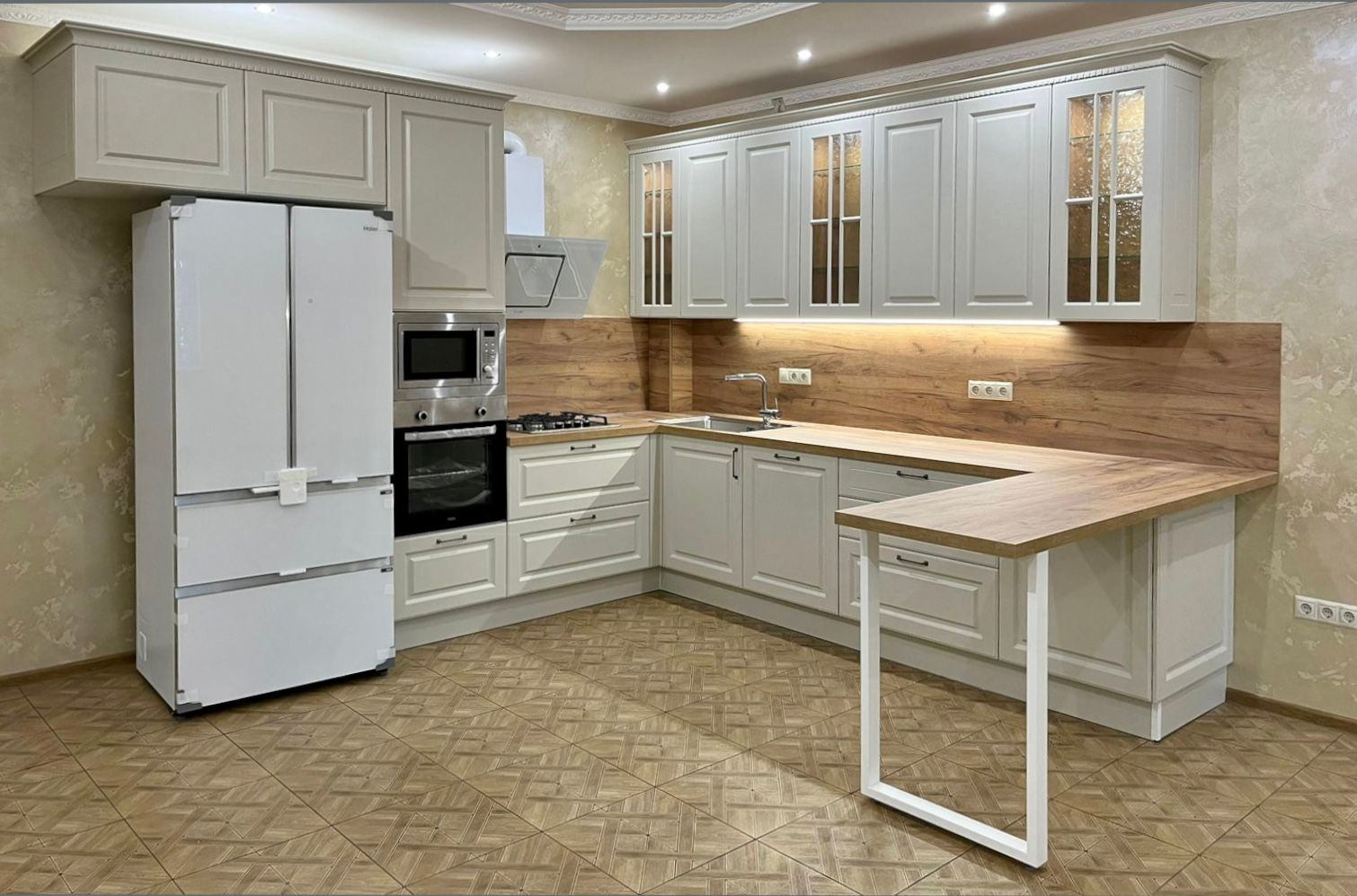
Introduction to Elegant Transformations in Culinary Spaces
The essence of culinary spaces extends far beyond their functional use; they are centers of creativity, social interaction, and sensory pleasure. As such, transforming these spaces into elegant environments is not simply an act of renovation, but a reimagining of the culinary experience. This article explores the ways in which culinary spaces can be upgraded with both elegance and utility in mind.
Innovative Design and Layout
The foundation of any great culinary space is its design and layout. Innovations in modern design allow for the seamless integration of aesthetics and function. Think of open-concept kitchens that not only look sleek and modern but also encourage socialization while preparing food. Upgraded workstations, ergonomic placements of appliances, and intuitive storage solutions are all aspects of design that can redefine the culinary area.
Material Selection for Luxury and Longevity
The materials chosen in a culinary space are paramount to achieving an elegant look. High-quality materials such as natural stone, hardwood, and stainless steel not only provide a sophisticated touch but also ensure longevity and ease of maintenance. The tactile and visual appeal of these materials can elevate the entire aesthetic of the space.
Lighting: Setting the Mood
Lighting plays a crucial role in transforming culinary spaces. Not only does it serve a functional purpose, but it also sets the mood and ambiance. A combination of natural light, pendant lights, and under-cabinet LED strips can highlight key areas, create warmth, and make the space inviting and attractive.
Technological Advancements for the Modern Culinary Space
The integration of technology in culinary spaces adds a layer of convenience and sophistication. State-of-the-art appliances that offer smart features not only make the cooking process more efficient but also contribute to the overall sleek look of the space. Innovative systems like central vacuum units and touch-activated faucets can keep the space clean and uncluttered.
The Importance of Ergonomics
An elegant culinary space must also be comfortable and ergonomic. Spaces designed with the user in mind will cater to ease of movement and reduce strain during food preparation. Counter heights, sink depths, and appliance placements are all essential considerations for an ergonomic design.
Creating a Sustainable and Eco-Friendly Environment
Elegance in culinary spaces can also be achieved through sustainability. Environmentally friendly practices such as the use of recyclable materials, energy-efficient appliances, and water-saving technologies not only align with ethical standards but add an enlightened, forward-thinking aspect to the space.
Conclusion: The Art of Elegance in Culinary Spaces
Elegantly transformed culinary spaces combine beauty, innovation, and practicality to create environments that inspire and delight. Through thoughtful design, careful material selection, mood-setting lighting, and the integration of technology, these spaces can elevate the culinary arts and the experiences they host. Whether in a professional setting or a home kitchen, transforming a culinary space elegantly is about crafting an area that resonates with warmth, efficiency, and grace.
```